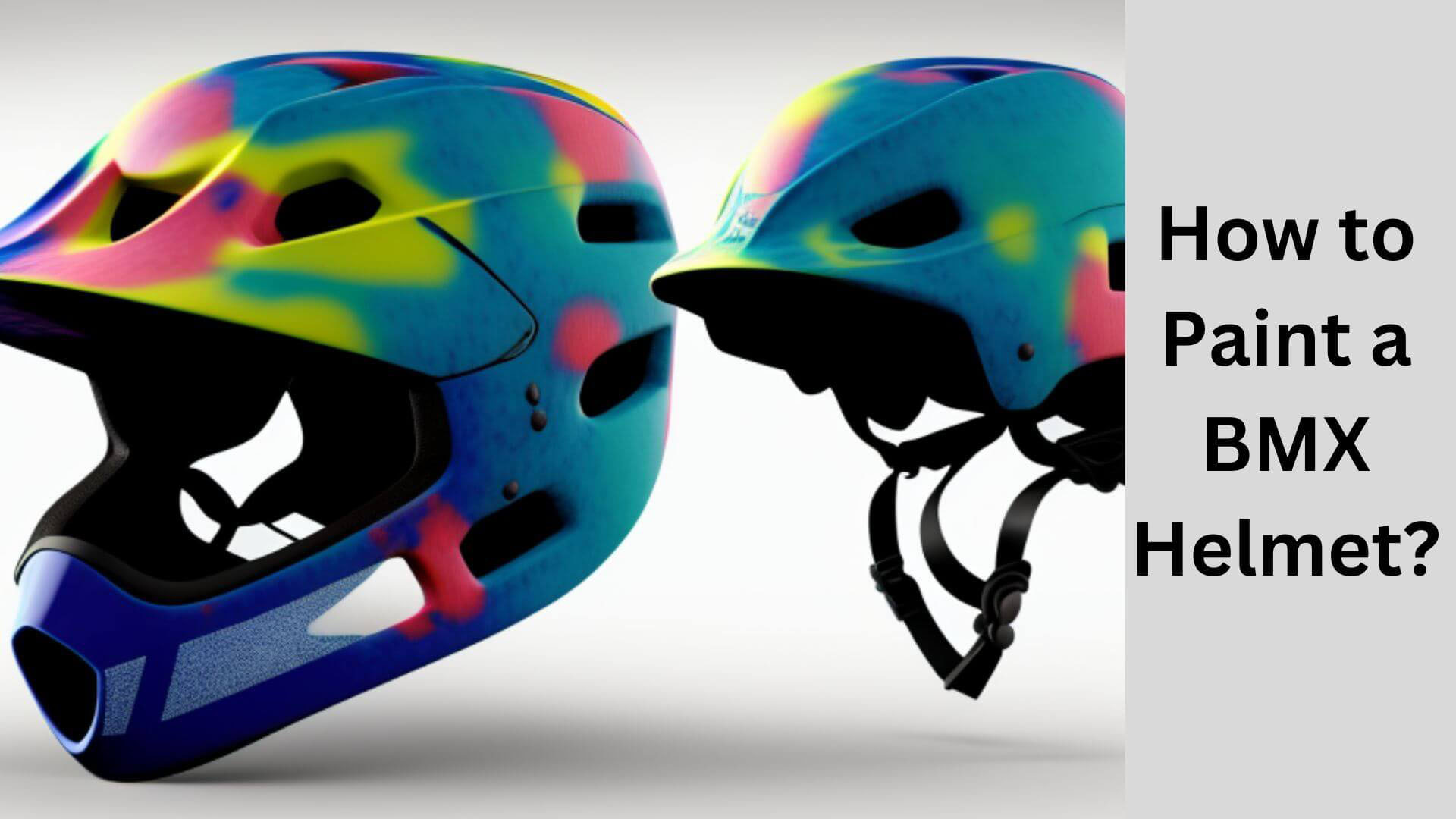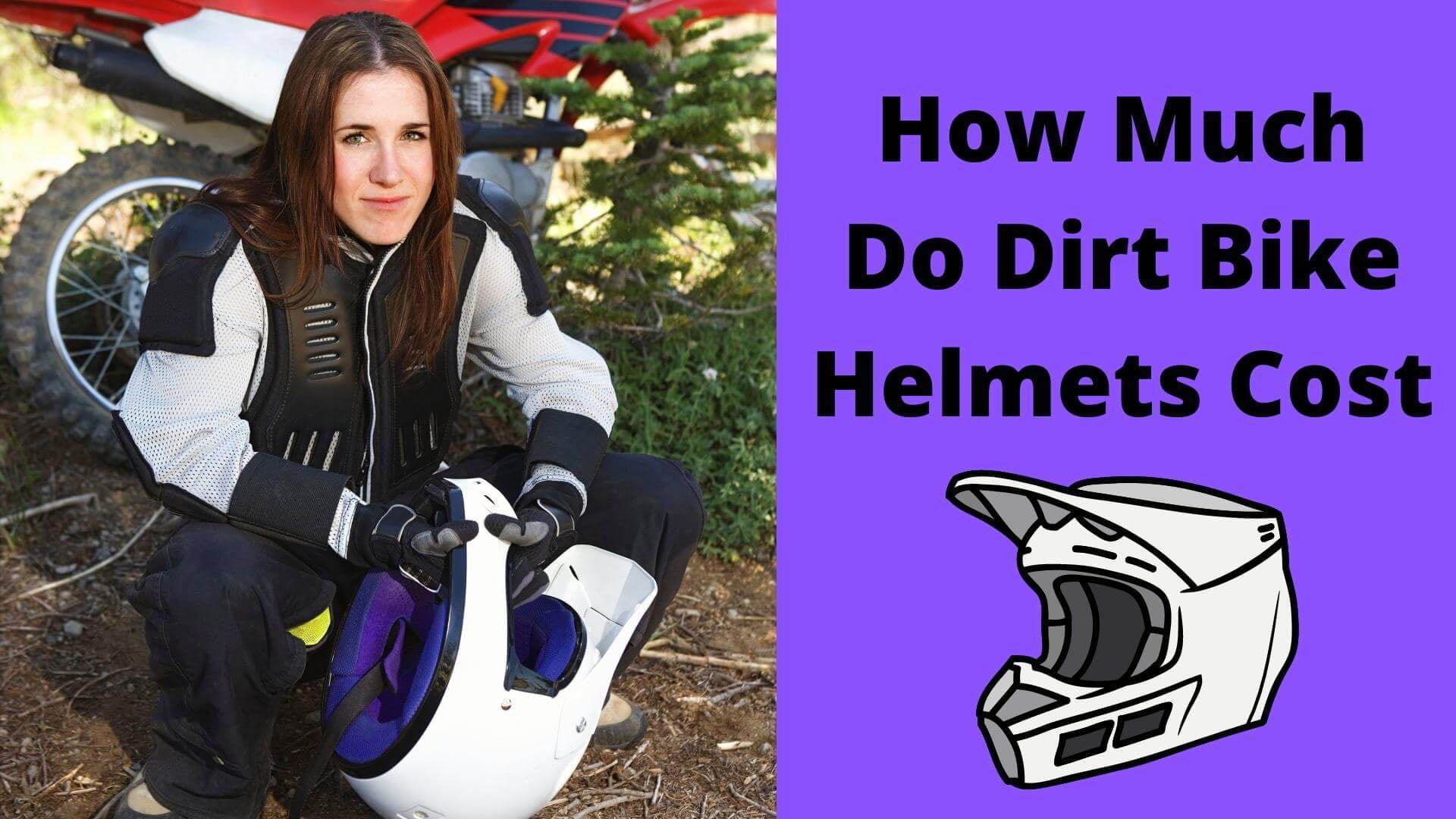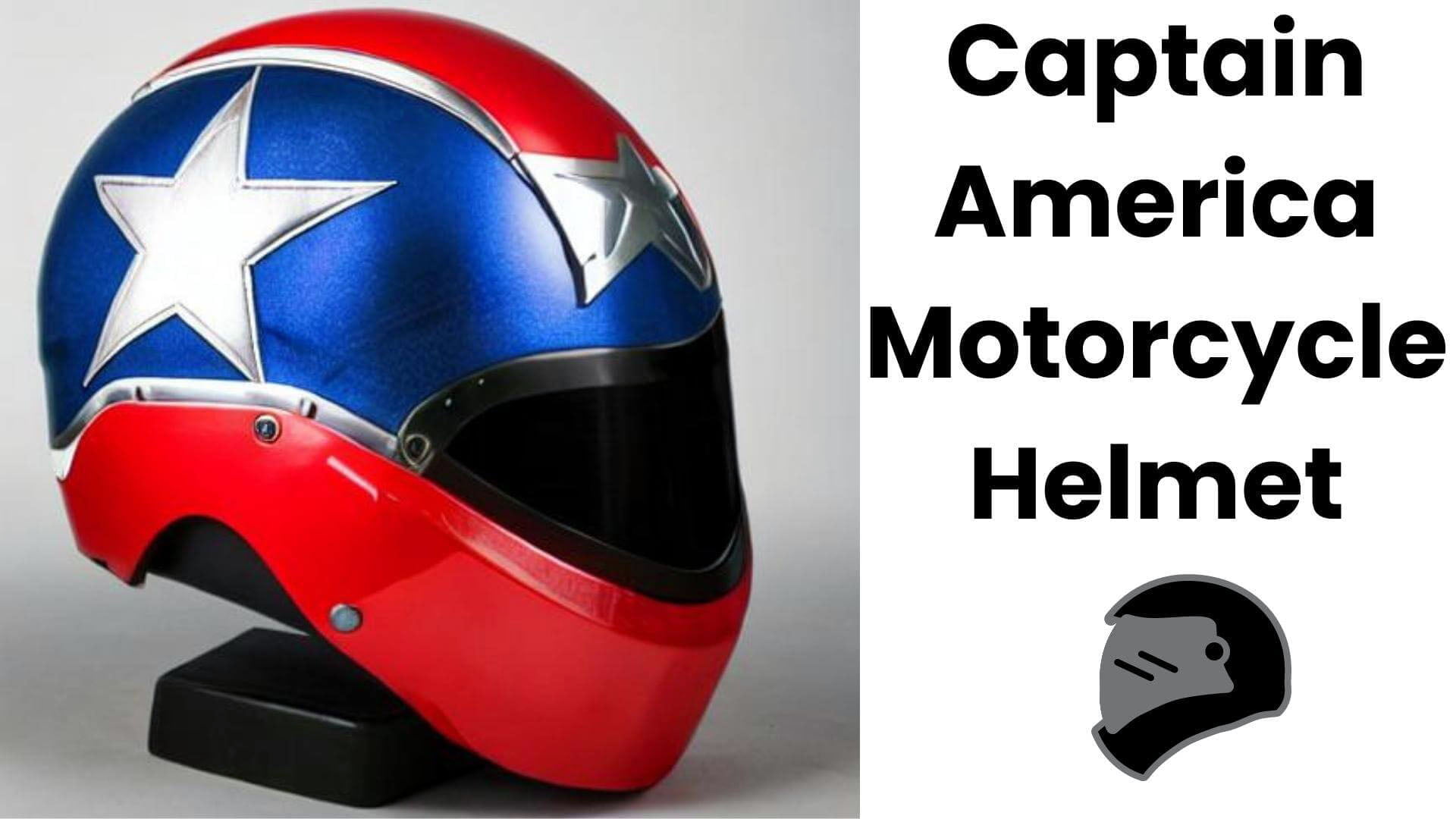How to Assemble Welding Helmet? A Comprehensive Step-by-Step Guide
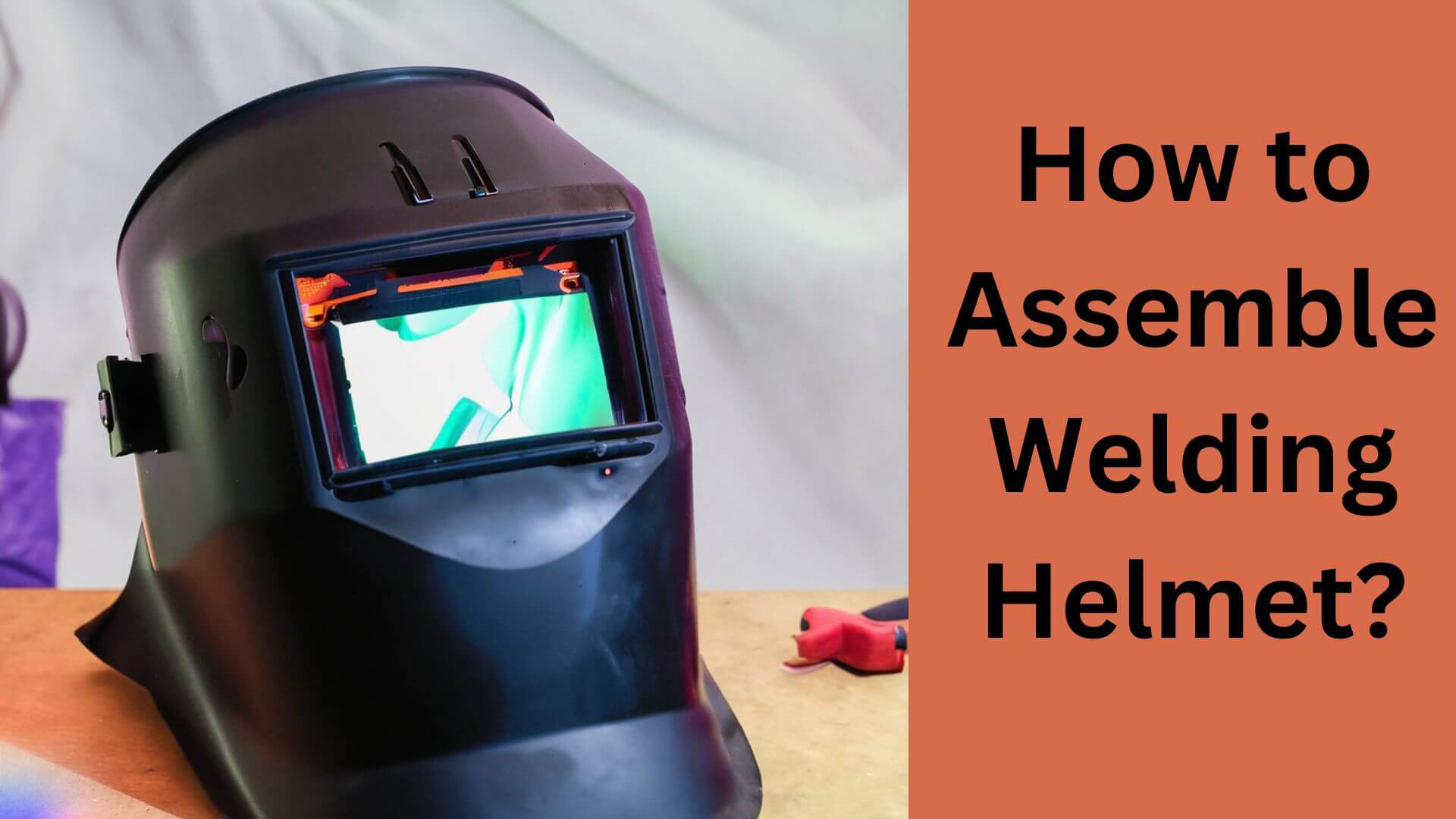
Are you ready to take on a new welding project but unsure how to assemble your helmet? Look no further!
The short answer is: Attach the headgear to the shell to assemble a welding helmet and affix the filter or lens cover. Assembling a welding helmet is a straightforward process requiring simple steps to ensure proper use and safety.
If you are new to welding, assembling your helmet may initially seem daunting. However, you can quickly assemble your welding helmet with practice and attention to detail.
In this blog post, I will guide you through each assembly process step, from attaching the headgear to securing the lens. I will also provide tips and tricks to ensure your welding helmet is set up for optimal safety and comfort.
Don’t let the assembly process hold you back from your next welding project. Let’s dive into “How to Assemble Welding Helmet?” now.
What is Assemble Welding Helmet?
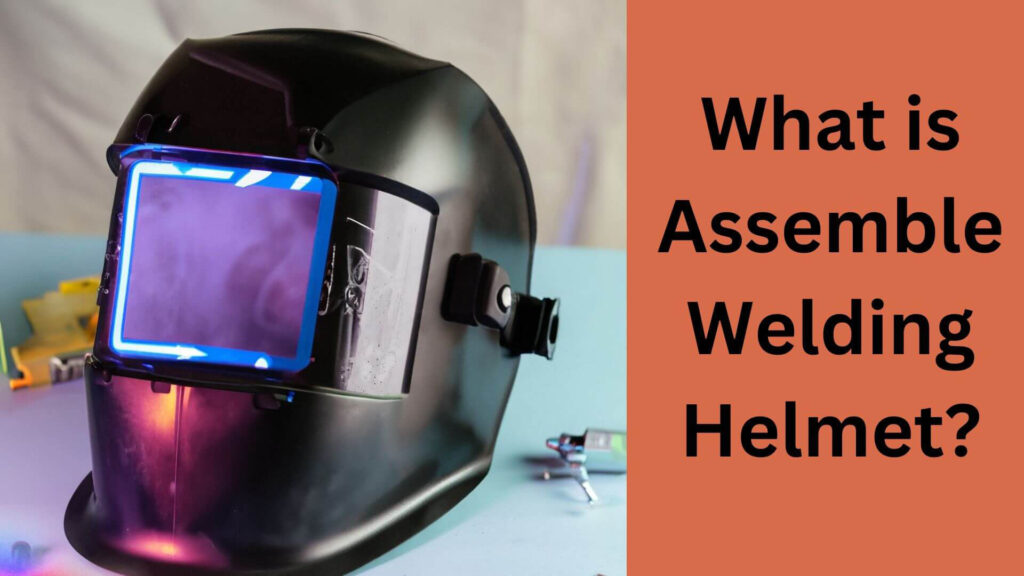
An Assemble Welding Helmet is a type of protective gear designed to keep welders safe from the hazards of welding. It comprises various components, including a shell, lens, headgear, and filter.
The shell is typically made from durable materials such as polycarbonate, while the lens is made from a heat-resistant material that can protect the welder’s eyes from harmful radiation.
The headgear is adjustable to ensure a comfortable fit, and the filter allows the welder to see clearly while working. Assemble Welding Helmets come in different designs and sizes, depending on the welder’s needs.
Following the manufacturer’s instructions when assembling the helmet is essential to ensure it functions correctly and provides adequate protection. Welders should also inspect their helmets regularly for any signs of wear or damage and replace them if necessary.
Read More: Mastering the Art of Removing Welding Helmet Inserts
Gathering The Tools And Materials
Assembling a welding helmet might sound daunting, but it can be a breeze with the right tools and materials. Here are the essential tools and materials you’ll need to assemble a welding helmet:
List Of Tools And Materials Needed To Assemble A Welding Helmet
1. Welding Helmet Shell
The welding helmet shell, also known as the hood, is the outermost part of the helmet that protects your head and face from the bright light and sparks generated during welding.
2. Auto-Darkening Filter (Adf)
The auto-darkening filter (ADF) is the component that automatically darkens the lens of the welding helmet when you strike an arc. It helps protect your eyes from harmful UV and irradiation.
3. Headgear And Suspension
The headgear and suspension are used to secure the helmet to your head comfortably. They provide the necessary support, adjustability, and cushioning that allow you to wear the helmet for long periods without discomfort.
4. Lens Cover
The lens cover is a protective layer that covers the adf lens of your welding helmet. It helps to keep the lens clean, free of scratches and dirt, and prolongs its lifespan.
5. Power Source (If Required)
Certain welding helmets may require a power source, such as batteries or solar panels, to operate the adf effectively. Check your helmet specification to see if it requires a power source.
As you can see, each tool and material plays a crucial role in successfully assembling and using your welding helmet. With the right equipment, you can protect your head, eyes, and face, while ensuring maximum comfort and safety during welding activities.
Gather these tools and materials, and you’ll be ready to assemble your welding helmet quickly!
Read More: How to Install Cheater Lens in Welding Helmet?
Installing The Auto-Darkening Filter (Adf)
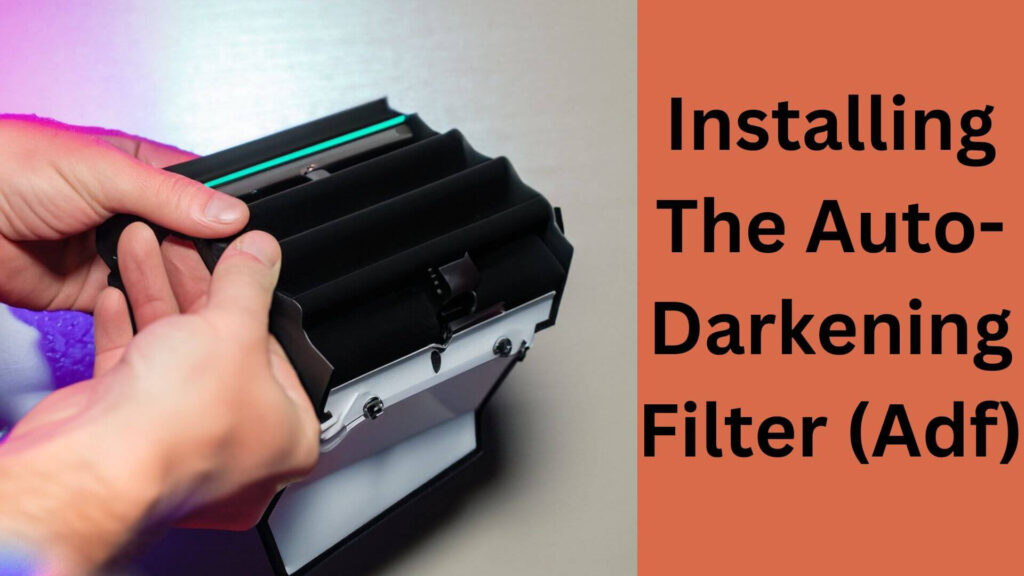
Assembling a welding helmet is a crucial component of the welding process. One of the most essential parts of the welding helmet is the auto-darkening filter (ADF).
The ADF is an essential part of the helmet that allows for safer and more efficient welding by automatically adjusting the level of darkness.
Read More: Assembling Your Welding Helmet with Ease
Explanation Of The Importance Of The Adf And How It Works
The ADF is a device that automatically adjusts the level of darkness in the welding helmet’s filter. This feature helps protect the welder’s eyes by shielding them from the bright light produced by the welding process. The ADF uses sensors on the helmet that detect when the welding arc is initiated.
The sensors then activate the filter to darken the lens to levels that can protect the eyesight of the welder. Since the ADF is an essential part of the welding helmet, the filter must be installed correctly for optimal performance.
Step-By-Step Guide To Installing The Adf
Before you begin the installation, read the instruction manual that came with your welding helmet. Follow these simple steps to install the ADF properly:
Step-1: Inserting The Adf Into The Helmet Shell
- Loosen and remove the screws that hold the helmet shell in place.
- Carefully remove the old filter from the helmet shell.
- Take the new adf filter, and insert it into a place where the old filter was.
- Tighten the screws that hold the helmet shell in place.
Step-2: Connecting The Adf To The Power Source (If Required)
- Check if your welding helmet requires any electrical connection. If yes, connect the ADF to the welding helmet’s power source, following the manufacturer’s instructions.
Step-3:Testing The Adf To Ensure It’S Functioning Properly
- Before you start welding, test the adf to ensure it works correctly.
- Turn on the welding helmet and initiate a welding arc.
- Observe the ADF’s reaction time – it should not take 1/25,000th of a second to darken the lens.
- Test the sensitivity of the adf by holding a flashlight in front of the helmet’s lens – the adf should darken the lens.
Installing an adf correctly is crucial to ensuring the safety of the welder. Following this step-by-step guide, you can install the adf correctly, leading to more comfortable and safer welding sessions.
Read More: How to Adjust Welding Helmet?
Attaching The Headgear And Suspension
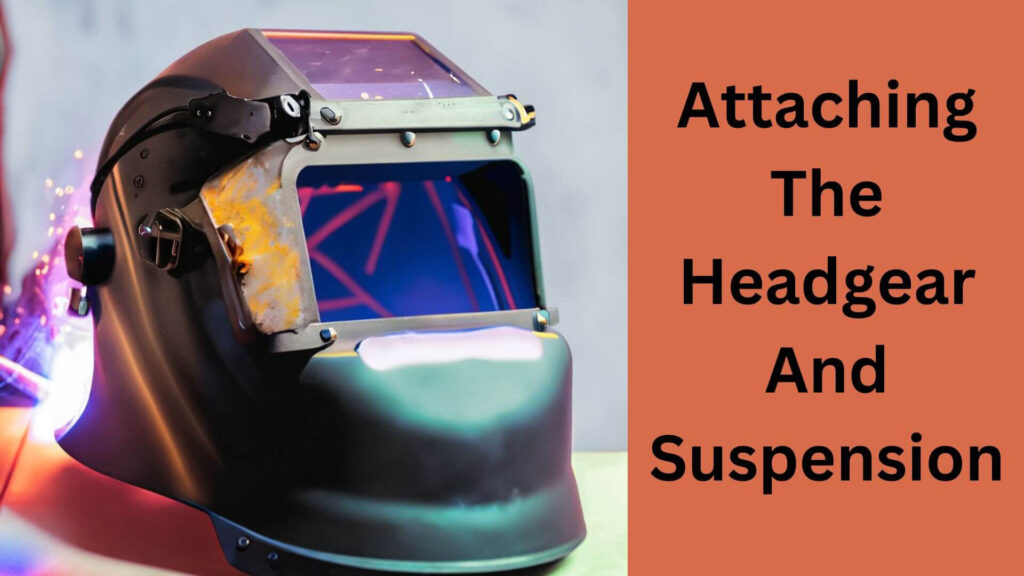
Explanation Of The Importance Of Proper Headgear And Suspension For Comfort And Safety
Proper headgear and suspension are crucial for welders’ safety and comfort. Headgear, also called a headband, keeps the helmet stable on the head and maintains a comfortable fit. This, in turn, prevents fatigue from setting in early and keeps the helmet in place even when the welder needs to move their head quickly.
On the other hand, the suspension system buffers the helmet shell from the welder’s head, which helps absorb shock, minimizes noise, and reduces vibrations that can cause headaches or other health problems.
Step-By-Step Guide To Attaching The Headgear And Suspension
Here is a step-by-step guide to attaching the headgear and suspension of your welding helmet.
Step-1: Adjusting The Suspension For Proper Fit
- Start by sliding the suspension adjustment tabs up or down to adjust the distance between the helmet shell and your head.
- Place the helmet shell on your head to check if the suspension fits well. If it does not fit securely on your head, adjust the tabs again to ensure a snug fit.
- Ensure the suspension system protects your head by checking that the helmet shell is not touching your head’s crown.
Step-2:Securing The Headgear To The Helmet Shell
- Turn the helmet upside down so the interior of the helmet shell is facing you.
- Press the front of the headgear into the front of the helmet shell. The clips on the headgear should latch onto the triangular slots in the helmet shell.
- Press the back of the headgear into the back of the helmet shell. The clips on the headgear should latch onto the round slots at the helmet’s back.
- Tighten the ratchet knob on the back of the headgear by turning it clockwise until the helmet is secure and comfortable on your head.
Step-3: Testing The Headgear And Suspension For Comfort And Stability
- Ensure that the headgear and suspension fit snugly against your head without putting undue pressure on any particular part.
- Test the helmet’s security by rocking your head back and forth, shifting it from side to side, and shaking it up and down. The suspension system should stabilize the helmet, even with sudden head movements.
By following these easy steps, welders can have a safe and comfortable helmet that will allow them to focus on their work without worrying about their helmet’s stability.
Read More: Weld with Clarity: Step-by-Step Light Installation for Helmets
Installing The Lens Cover
Purpose Of The Lens Cover To Protect The Adf
A lens cover is an essential component of a welding helmet. Its primary job is to shield the auto-darkening filter (ADF) from damage caused by weld spatter, sparks, and other debris. It also keeps the lens clean to allow for clear visibility during welding.
Step-By-Step Guide To Installing The Lens Cover
Installing the lens cover on a welding helmet involves a few simple steps:
- Remove any protective film from the cover: Before attaching the lens cover to the helmet shell, ensure that it doesn’t have any protective film or coating that needs to be removed.
- Align the cover with the helmet shell: Hold the lens cover up to the front of the helmet shell to align the cover with the housing. Ensure the cover is parallel to the housing to prevent welding distortion.
- Secure the cover in place: Once the cover is aligned, press each of the four corners firmly onto the housing to secure the lens cover. Take care not to apply pressure to the centre of the cover, as this can cause it to bulge and distort the view.
Installing a lens cover is a simple task that can help extend the life of your welding helmet’s adf while ensuring clear visibility during welding. Following the abovementioned steps, you can keep your helmet in top condition and enhance your welding experience.
Read More: How to Change Lens in Welding Helmet?
Frequently Asked Questions Of How To Assemble Welding Helmet
How Do I Adjust My Welding Helmet?
To adjust your welding helmet, loosen the headgear straps and adjust them for a comfortable fit.
How Do I Know If My Welding Helmet Is On Correctly?
Your welding helmet is on correctly if the lens covers your face and the chin strap holds it in place securely.
How Often Should I Change The Lens On My Welding Helmet?
You should change the lens on your welding helmet once it becomes scratched or damaged to ensure optimal protection.
Can I Use A Welding Helmet For Other Tasks?
While welding helmets are designed for welding, they can also offer protection in other tasks such as grinding or cutting.
Final Verdict
Now, with this comprehensive guide on assembling your welding helmet, you can easily go about any welding project.
Remember to take your time and follow the instructions carefully when assembling the helmet. Always ensure that you have all the components ready before starting the process.
An adequately assembled welding helmet ensures you have maximum protection while welding. You can now enjoy the benefits of having a comfortable, properly fitting helmet with excellent visibility, headgear, and lens technology.
Keep your helmet in good condition by cleaning it regularly and replacing worn-out or faulty parts.
With these tips, you can extend the lifespan of your welding helmet. So, go ahead and get your welding projects going!

Hey, I’m Hrithik Hossain. I am the head of helmethacks.com, which specializes in safety helmets. I am looking to connect with anyone interested in purchasing a helmet or who has any questions about different types of helmets. I have over 8 years of experience as a helmet expert, and I can’t wait to help you find the perfect helmet for you. I can help you with any questions regarding helmets, from the best brands to fitting, style, and more! I really enjoy keeping people safe by ensuring they have the best protection possible.

